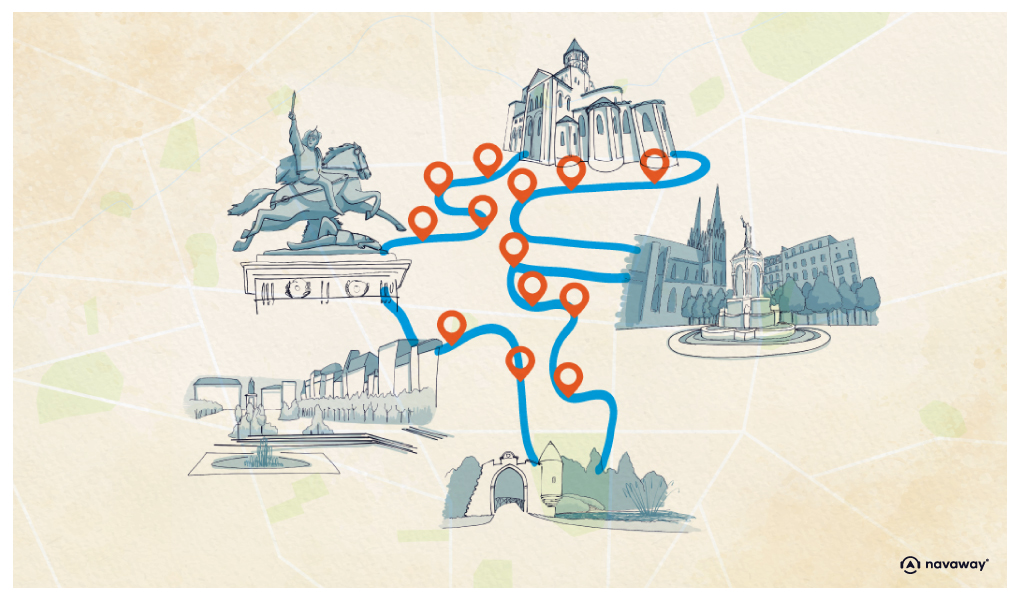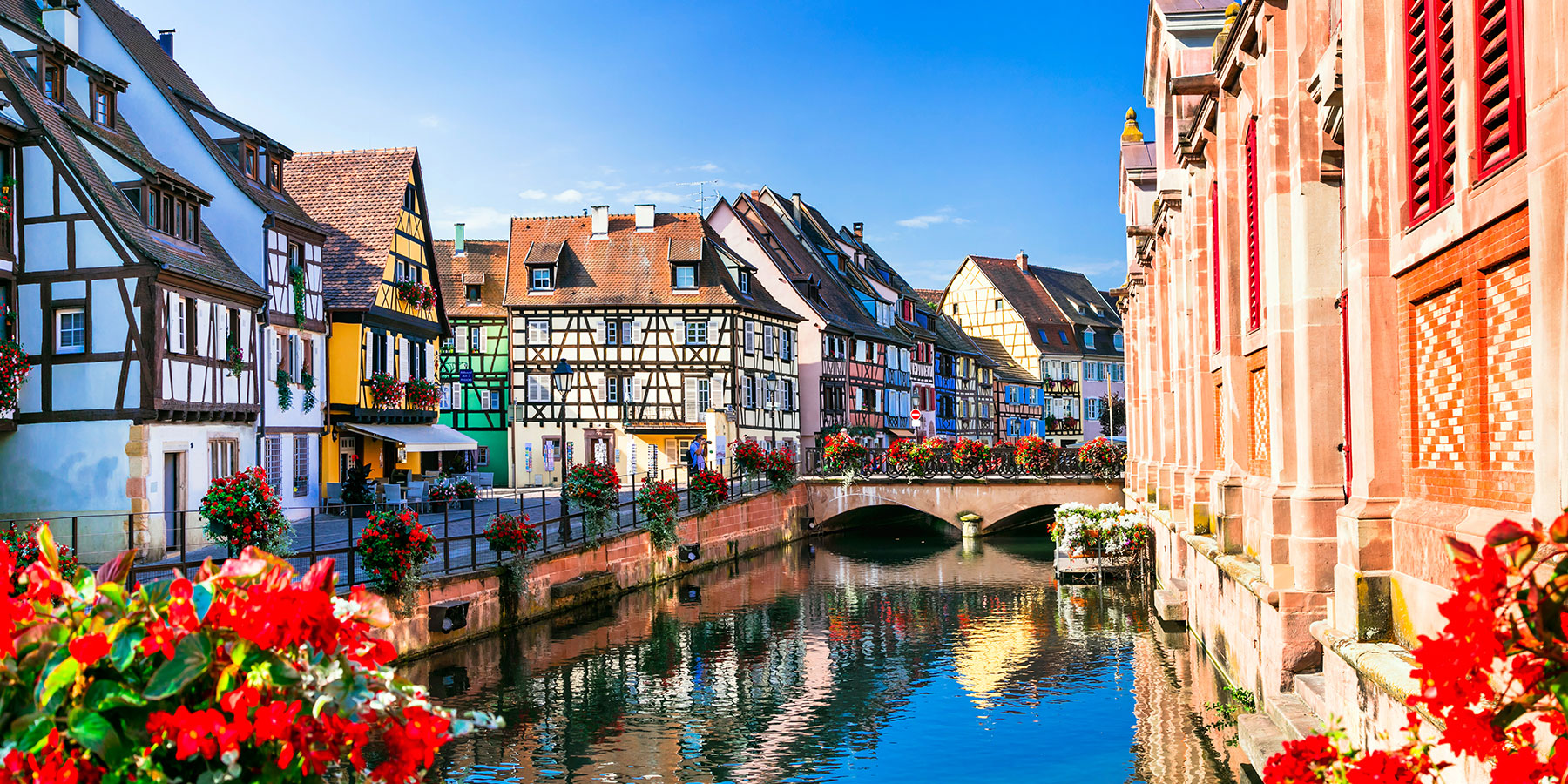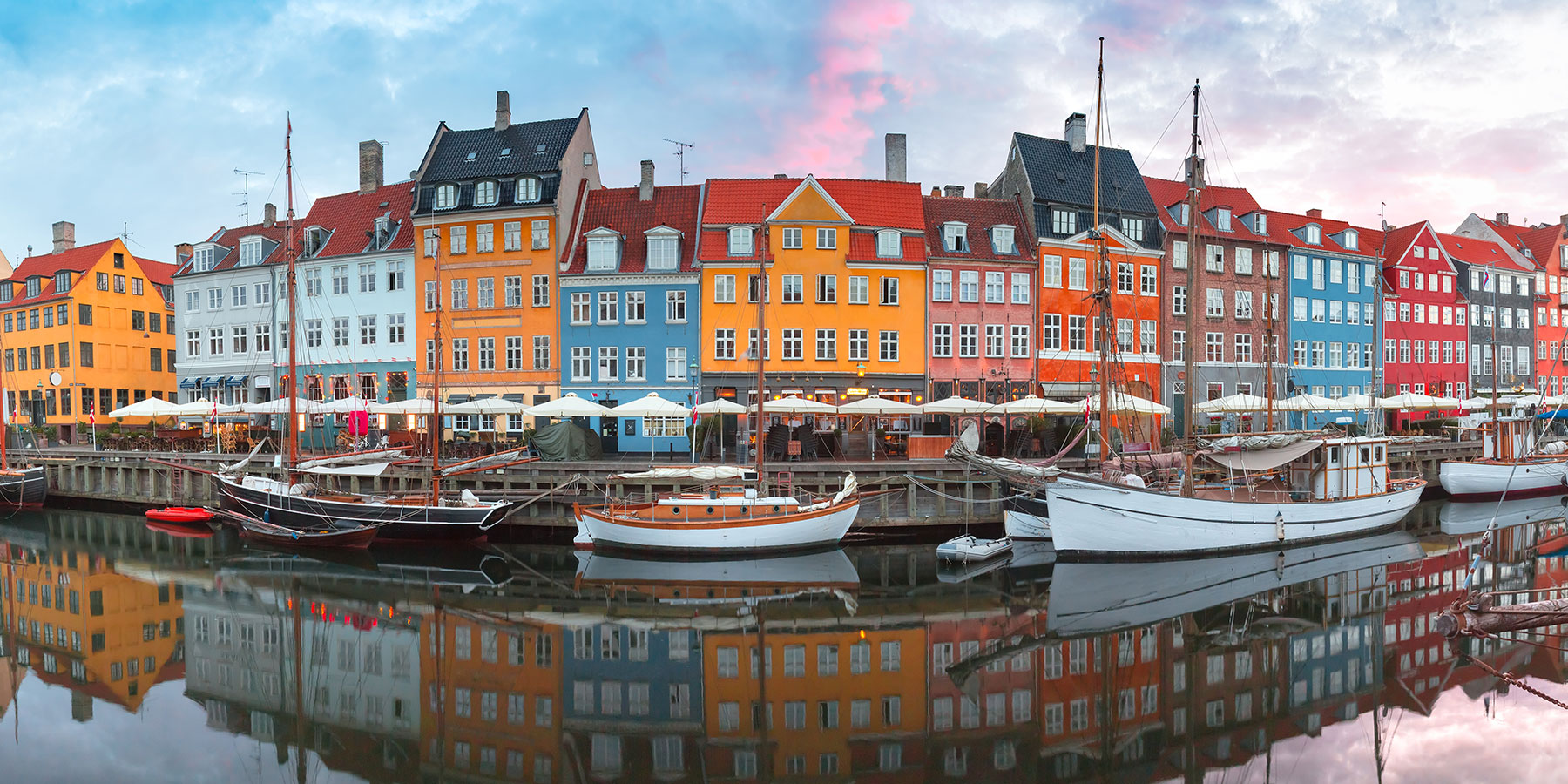
Terrail Fountain

This point of interest is available as audio on the tour: Visit Clermont-Ferrand, The Black Diamond of Auvergne
Listed as a Historic Monument since 1987, the Terrail Fountain dates back to the late 17th century. It stands on the square that shares its name, and originally decorated one of the main entrances to the city during the Middle Ages. An earlier version of the fountain was built at the start of the same century, but it didn’t work properly — and the people of Clermont didn’t hesitate to say so. They nicknamed it “the fountain that wouldn’t flow.” The version you see today replaced it in 1684, built using the same design and the same Volvic stone. It still stands proudly on Place du Terrail, which has carried this name since medieval times. Historically, this square housed a pottery market, and takes its name from the word “terraille,” meaning ceramics. This lively little square has always been a busy spot, and today it continues to highlight the beauty of Clermont’s architecture. Now look down the street to your left — Rue Blaise Pascal. From here, you can already see part of a large building made of Volvic stone. Feel free to take a few steps in that direction to get a closer look at the entrance. It’s the Chazerat Mansion, a private residence built between 1760 and 1769 for Charles-Antoine de Chazerat. He was the last intendant of Auvergne — the king’s official representative in the region, similar to what we’d call a prefect today. After the Revolution, France was reorganized into departments, and prefects replaced the old system starting in 1800. But back to Chazerat: he was a powerful and very wealthy man — and he had this grand house bearing his name built to reflect that. After his death, the building became home to the bishops of Clermont, until 1905, when the law separating Church and State came into effect. During World War I, it was turned into a military hospital, and later housed the Faculty of Arts for several years.Fully restored it has been home to the Regional Directorate of Cultural Affairs — or DRAC — since 1982. With its long and varied history, its Volvic stone façades and richly decorated interiors, it’s considered one of the finest buildings in the city; and has also been a listed Historic Monument since 1926. If you’d like to go inside, the Tourist Office offers guided tours of the building.


Discover Clermont-Ferrand with app
An interactive guide through the most beautiful streets, squares, and districts
21 fun audioguides full of historical facts, anecdotes, and legends





Comments